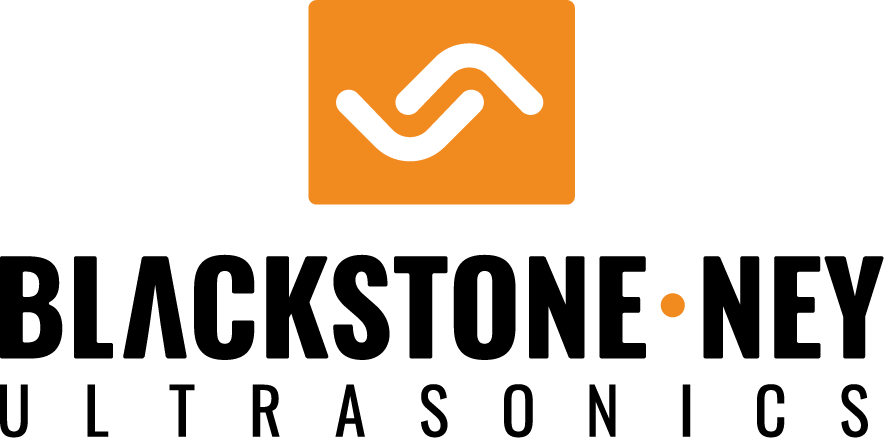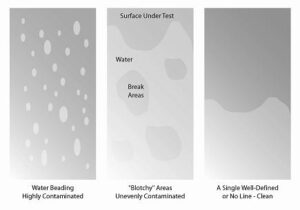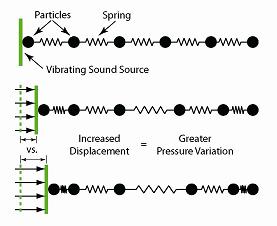In many industrial cleaning processes it is necessary to exhaust emissions that unavoidably result from the cleaning process. The reasons for exhaust can take on a large range – Remove heat that would otherwise raise the temperature in the cleaning area Remove humidity that would otherwise raise the humidity in the cleaning area Remove toxic fumes that might otherwise be dangerous … Continued
There has been a lot of buzz lately on the internet regarding work at the Oak Ridge National Laboratory to develop a dryer that uses ultrasonics instead of heat to dry things. The major thrust seems to be to replace the conventional domestic clothes dryer (which uses heat to evaporate water) with one that uses ultrasonics … Continued
Other than to say that there is no perfect, infallible way, the blog has not addressed assessing ultrasonic performance. In an earlier blog, I did suggest that any of many methods are appropriate to compare ultrasonic performance of an ultrasonic system from day to day but that no further inference should be made. One test that’s … Continued
Watts per gallon as a measure of ultrasonic cleaning tank capability is under growing scrutiny. In a series of blogs over the next several weeks, I hope to explore the origin of watts per gallon and the changes and ambiguities which have brought its continued use as a measure of ultrasonic capability into question. Also, if … Continued
Wrong! I don’t think most of us would consider using motor oil to moisten our dry skin. By the same token, we wouldn’t use body oil in our car’s engine. The notion seems to persist in the cleaning industry, however, that oil is oil. We often neglect to differentiate between oils when it comes to developing or recommending a … Continued
My previous blog addressed the chemical cost of using too much (or perhaps too little) “soap” in a cleaning process based on chemical cost. Today we look at process issues. You might be saying, “What the heck? So I use too much chemical. Soap is cheap and I look at it as “insurance”.” Well, that “insurance” … Continued
I have talked before on the blog about the subject of chemical concentration and its relationship to cleaning. A couple of recent incidents prompt me to re-address the subject of chemical concentration but from a little different angle. It’s a “no-brainer” that cleaning chemicals are expensive and, with the possible exception of heat and labor, … Continued
The last thing you want on a surface that is to be plated, painted or otherwise coated with something that needs to adhere to that surface is a film of residue that prevents that adhesion. The water break test is a simple, quick and usually non-destructive test to test for hydrophobic films. The test is … Continued
In the world of everyday sound, things happen in a fairly predictable way. Sound vibrations are created, transmitted and received in textbook fashion. As vibrational frequencies and or amplitudes are increased, however, that picture changes quite dramatically. In earlier blogs, we learned that as the frequency of sound (vibrational energy) is increased, the number of cycles … Continued
In the preceding post I explained how sound waves are created by a vibrating or pulsing source and how they are conducted by a sound conducting media. Amplitude, Frequency and Wavelength are characteristics of sound waves that will be important to understand as we progress to an understanding of ultrasonics. Today’s topic is amplitude. The above … Continued



